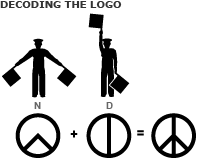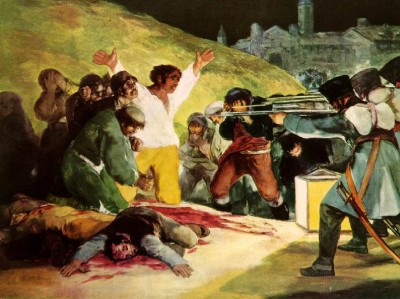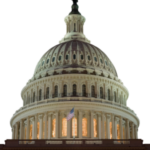Peace symbol turns 50
I often wondered where the symbol came from.
BBC NEWS | UK | Magazine | World’s best-known protest symbol turns 50
Gerald Holtom, a designer and former World War II conscientious objector from West London, persuaded DAC (Direct Action Committee Against Nuclear War) that their aims would have greater impact if they were conveyed in a visual image. The “Ban the Bomb” symbol was born.
He considered using a Christian cross motif but, instead, settled on using letters from the semaphore – or flag-signalling – alphabet, super-imposing N (uclear) on D (isarmament) and placing them within a circle symbolising Earth.

But it supposedly had a dual meaning, not just with the semaphore flags:
“I drew myself: the representative of an individual in despair, with hands palm outstretched outwards and downwards in the manner of Goya’s peasant before the firing squad.”
Apparently it would have looked different if Holtom remembered the Goya piece correctly…

Whoops. Then it would have looked kind of like a pitchfork, and would have spelled out “UD”.

 Previous Post
Previous Post